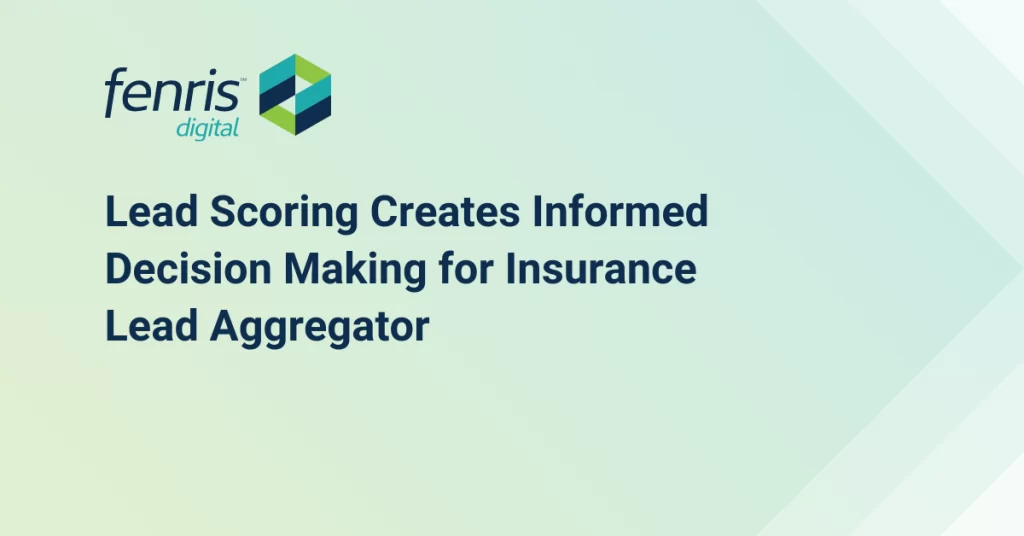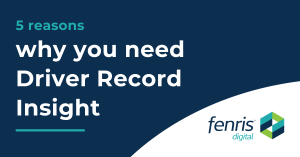
Lead Scoring Creates Informed Decision Making for Insurance Lead Aggregator
Fenris recently completed a lead scoring proof of concept (POC) for a major U.S. lead aggregator. This blog covers how lead scoring works and the results we delivered.
The participants
Lead aggregators are the intermediaries between marketing affiliates – the companies that run promotional campaigns to capture consumers shopping for insurance (the leads) – and the lead buyers, typically brokers and agents who want to use qualified leads to sell policies.
All three participants in this interchange – lead affiliates, lead aggregators, and lead buyers – want the same thing: quality leads. In our POC, our client, the lead aggregator, wanted to know:
- Whether a lead is of poor quality (likely made-up or incomplete information, including potential fraud)
- How likely it is that the lead will sell to an agent (“sellability” prediction)
- If the lead sells, what will it sell for (revenue prediction including the use of bid modifiers)
How lead bidding and buying works
Lead aggregators are competing in real-time online auctions to acquire leads from affiliates. They have a momentary “free look” period – called the “ping” – to evaluate a lead and decide if and how much to bid on it. The affiliate then “posts” the bid, that is, sends it to the winning bidder.
This is where Fenris predictive lead scoring can help. Using our proprietary, customized algorithms, we evaluate the lead, assign a “sellability” score and a revenue or bid modifier prediction, and return that information to the aggregator – all in a fraction of a second, during the ping, without human intervention. The communication of leads and scores happens between the customer’s systems and ours via a simple and modern API.
Determining lead quality
The lead data we examine is anonymized – we are not dealing with personally identifiable information (PII). What we are looking at are the data points that our algorithms tell us qualify a lead as sellable or disqualify it as poor quality or incomplete. In the POC, 46% of the leads we evaluated were determined to be of poor quality – helping the company avoid spending money on leads that cannot actually be pursued while bidding on leads of higher quality and likelihood to generate more revenue.
The value of Fenris granular predictive scoring
What about the remaining 54% of leads? Fenris algorithms assign values, or weightings, to data features that help identify revenue positive leads. While Fenris reviews many different data features, some include the state of residence, campaigns, and affiliates. These features come from both the data captured in the lead itself and what Fenris finds by matching to data in our databases. Features, weights, and values are customized for each client based on their business preferences.
The resulting predictive analysis assigns a “sellability” decile scoring system from very high to very low for each of the remaining 54% of leads. By comparison, our customer’s own lead-evaluation system returns only a “yes” (bid on it) or “no” (don’t bid) ranking.
In addition, Fenris provides a prediction of the market value or selling price of each lead evaluated. In our POC, our market price accuracy for auto lead scoring, when compared to actual results, fell between -0.5 and 0.5, with the most falling between -0.1 and 0.1. Average absolute error range for health leads was between -1.0 and 1.0.
With accurate scoring and value predictions, aggregators can make informed decisions about which leads to bid on and how much to bid on each. They can also improve their reputation with broker and agent buyers by consistently offering higher quality leads and value-based pricing.
Contact us for more information about how lead scoring works or to schedule a demo.



